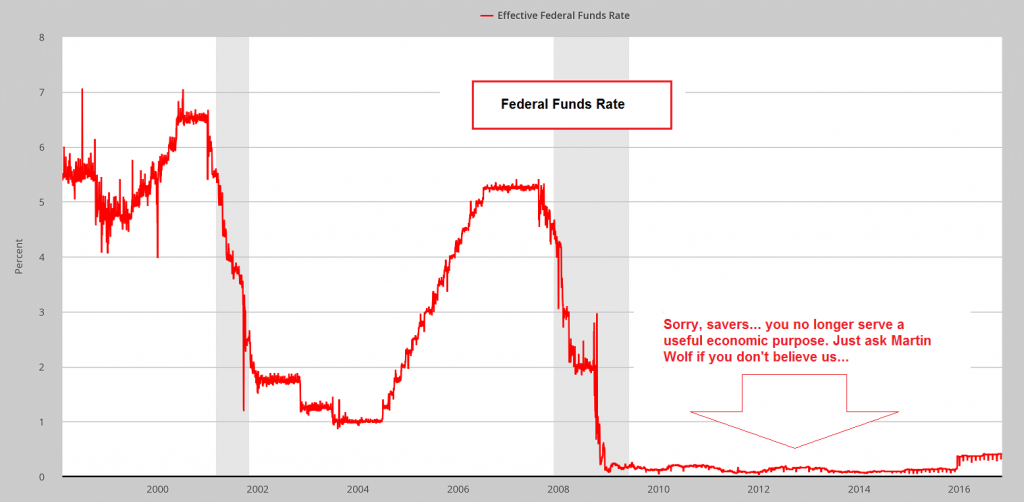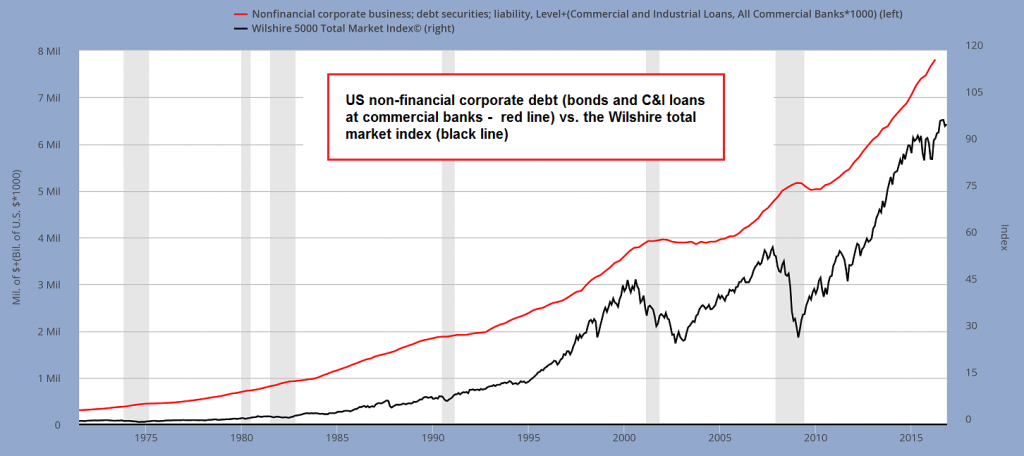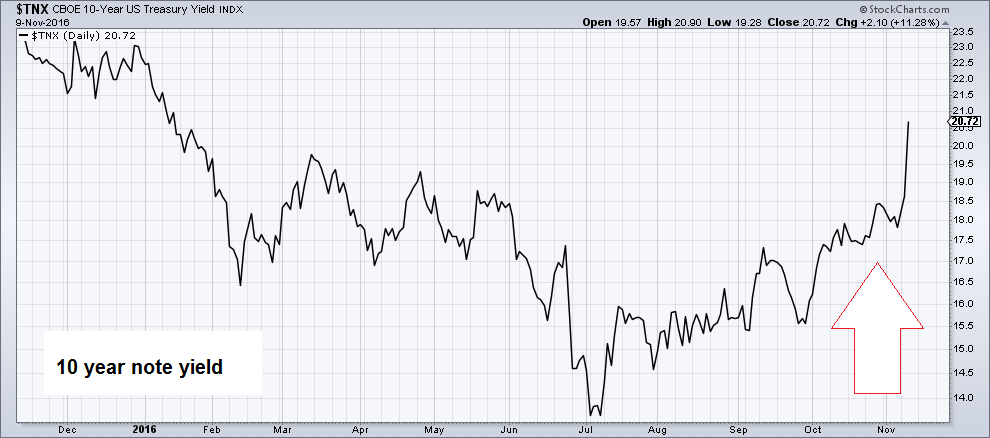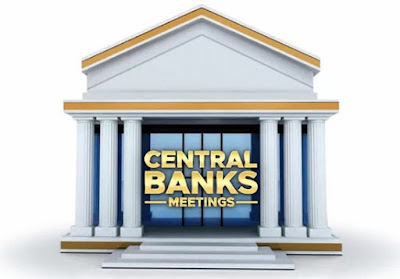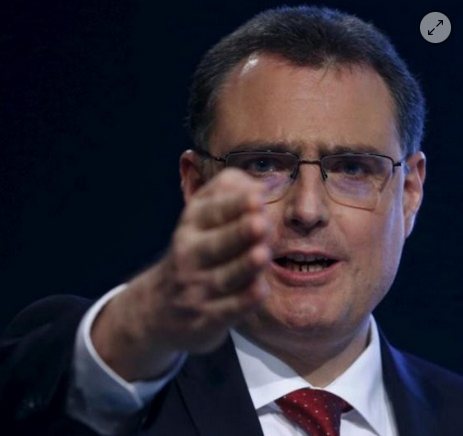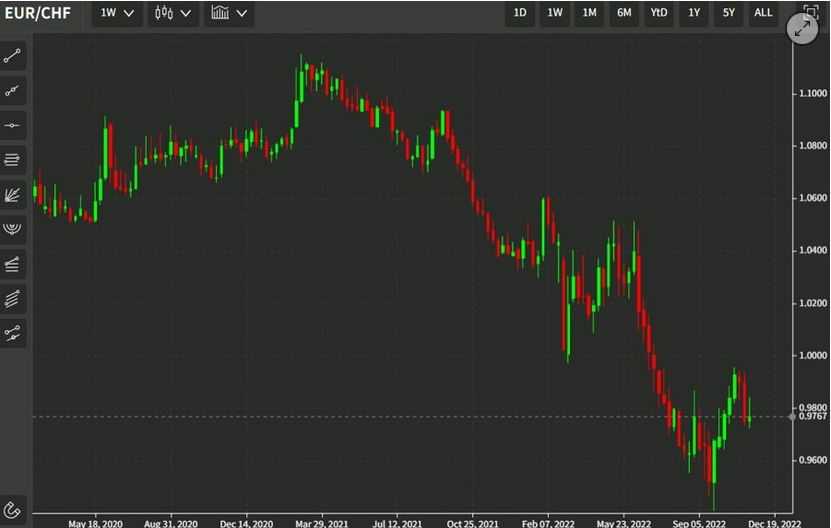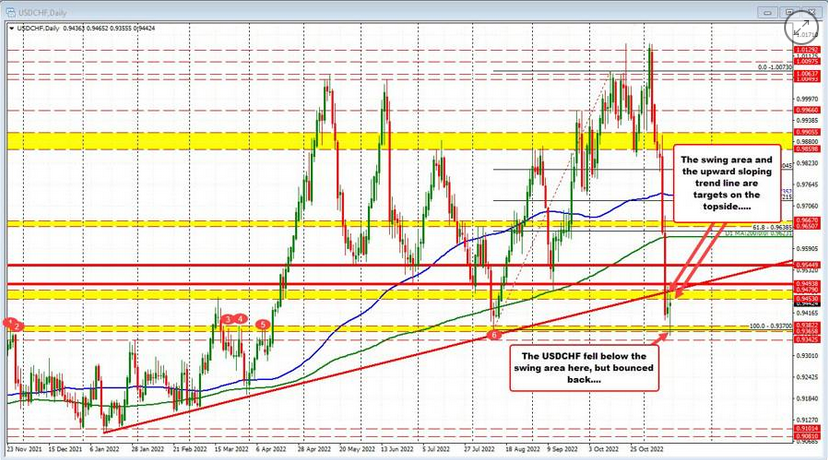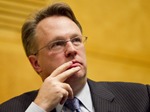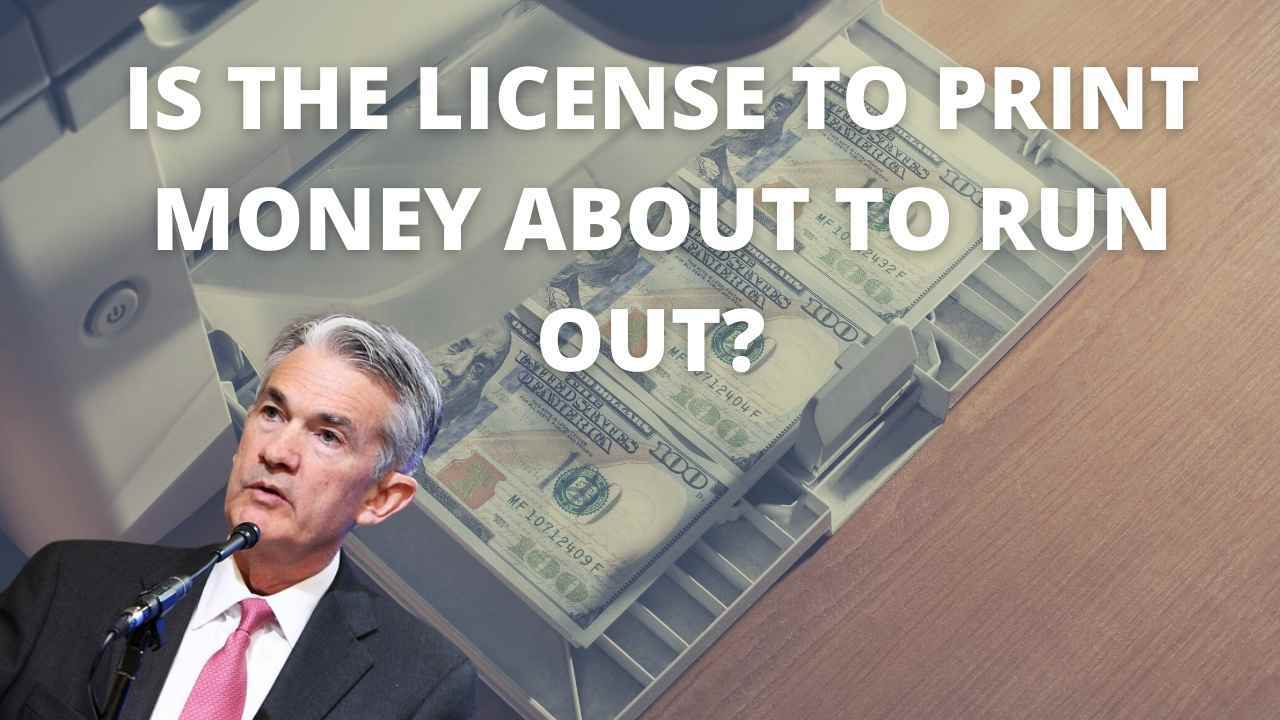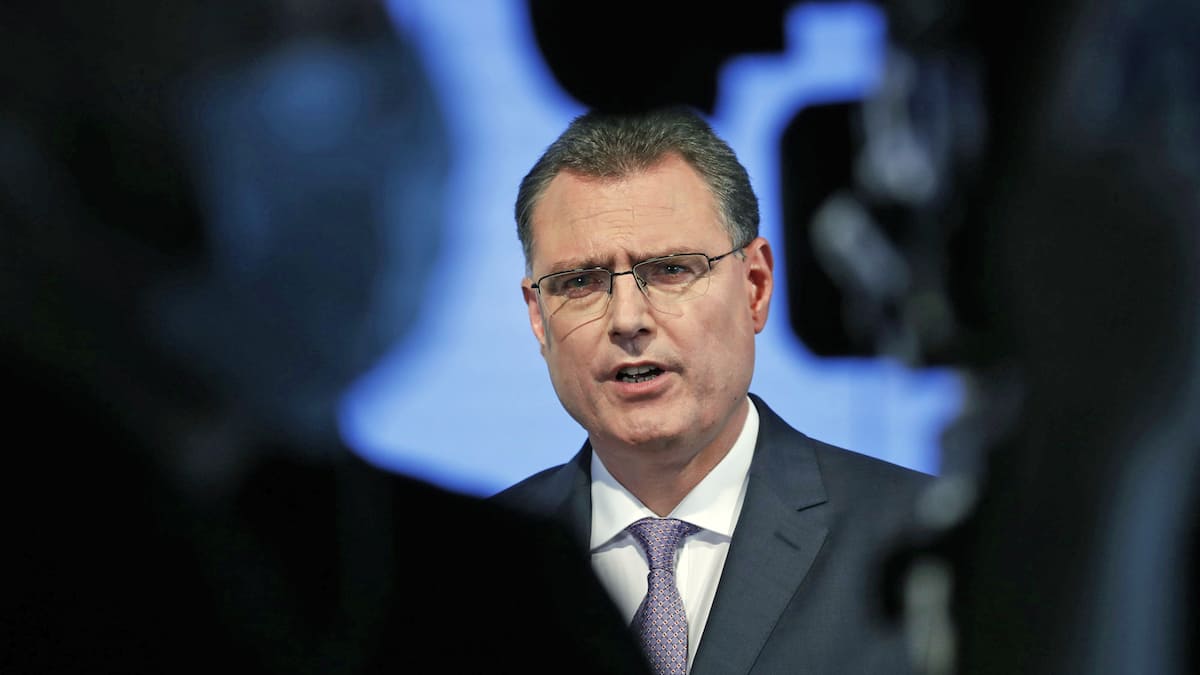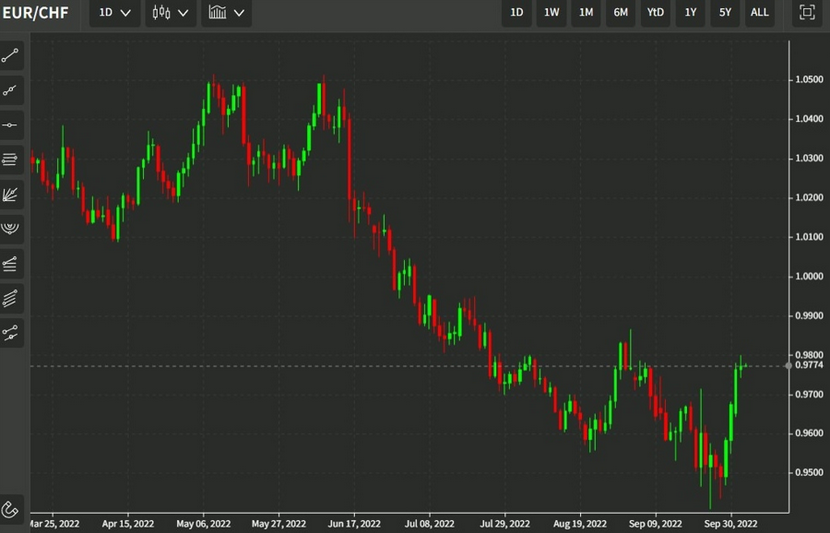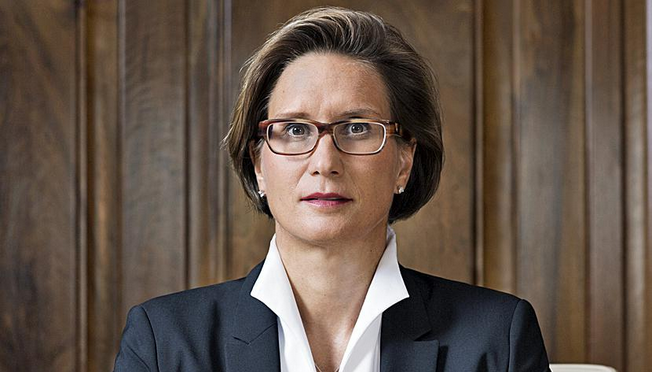$8 Trillion TransferRHINEBECK, New York – It is a beautiful autumnal day here in upstate New York. The trees are red, brown, and yellow. Squirrels hop across the lawn, collecting their nuts. Unseasonably warm the last few days, rain showers are moving in from across the Hudson, driven by a chilly wind. But today, we talk about money. After all, that’s our beat here at the Diary. Money. Money. Money. We’ve seen how the feds created fake money after ditching the Bretton Woods gold-backed money system in 1971. And we’ve seen how this fake money perverted, distorted, and corrupted our economy, our government, and even our family lives. We pause here to recall how it even dodged the Constitution. “Money matters” are supposed to be decided by the people’s representatives in the House, and then discussed and approved by the Senate. After all, it’s voters’ money. But the Fed – without so much as a by-your-leave or a thank-you note – took it upon itself to decide the fate of more than $8 trillion. That is a rough estimate of the amount not paid to savers over the last eight years as a result of the Fed’s ultra-low interest rate policy. The total transfer is much greater – since stock, bond, real estate, and other asset prices all rose in response to the trillions of dollars of new credits the Fed was putting into the system. This enriched their owners and made those who didn’t own them relatively poorer. |
Federal Funds Rate(see more posts on Federal Funds Rate, ) |
Wall Street Bonus PlanThe Fed worked out its own income redistribution plan – from savers to borrowers – without even any public discussion. Had it been put before the House for a vote, it might have been called the “Rich Get Richer Program.” Or maybe the “Wall Street Bonus Plan.” Or perhaps the “Mislead Consumers, Investors, and Businesses by Mispricing Credit Act of 2009.” You can imagine how this kind of legislation would go down in the nation’s capital. But fortunately for the rich, Wall Street, the Deep State, and the entire debtor class, the plan needed no votes from the people’s representatives, neither in the House nor the Senate. Nor did the president of all the Americans ever have to sign the final legislation. All it needed was the approval of the 12 unelected members of the Fed’s decision-making body, the Federal Open Market Committee – and the deal was done. |
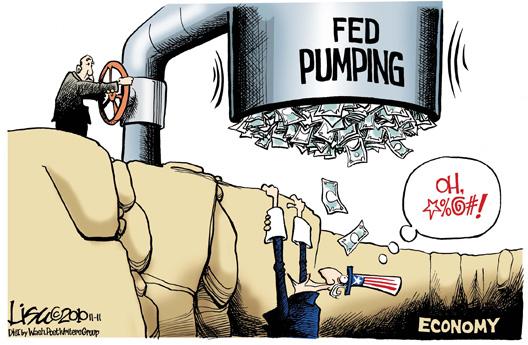 How can you not like this free money shower? It all depends on when you get the new money – if you get it at all. Cartoon by Lisa Benson - Click to enlarge |
| In his recent article in The Economist (the subject of yesterday’s Diary), President Obama acts as though the Fed’s plan – which he must have approved, though we don’t recall him saying so – was a great success.
Everybody has their own facts. But we wonder in what looking glass Mr. Obama found his. He sounds as though the economy was like a house plant that he inherited when he moved into the White House. By his account, it was wilting when he found it; he gave it water… and it flourished. But GDP growth during the eight years of the Obama administration averaged half the rate of the Clinton years and only one-third the rate of the Kennedy and Johnson years. And if we calculate “real,” or inflation-adjusted, economic growth under Obama’s two terms according to the methodology used during the Reagan administration, we see that Obama’s growth disappears completely! |
GDP Growth During an Expansion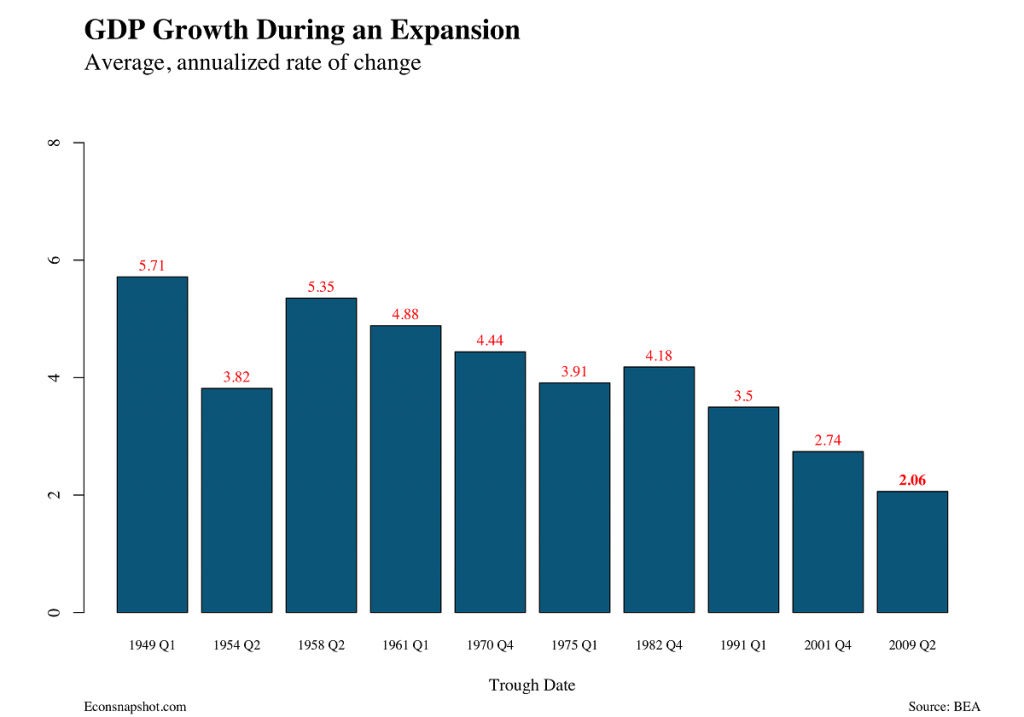 Economic expansions since the end of WW2 – over time, economic statistics have practically been tortured to death to produce results flattering the government and its central planning minions; and yet, output growth has steadily worsened for decades. Obama’s much-heralded recovery was the weakest of the entire post WW era - Click to enlarge |
Flower ShowWe’ve been writing about it for the last 15 years… puzzling over it… trying to connect the dots to see what was really going on. But only recently have we turned the light on the real culprit: the money system. Fake money caused fake and fragile growth. In effect, the feds’ fake money created a hothouse economy – protected from the real world by artificial money lent at artificially low rates. You see plants that look lush and green, leafy and fulsome. But they couldn’t survive a single night outside in the real world. That is the “macro” picture – the big picture. But it’s important for investors to think about. Because macro has a way of turning micro. The big, wide world tends to have a crushing effect when it falls on your stocks and bonds. The fake dollar distorted everything. If you own a $100 stock, for example, behind it is a company whose sales were artificially inflated by fake money. Its customers thought they were richer than they really were – thanks to fake asset values. Its borrowing costs went down because of the Fed’s fake interest rates. Its profits went up, thanks to higher sales and lower costs. Even the value of its shares are a mirage – puffed up as they are by share buybacks – funded, of course, at near-zero rates. |
US Non-Financial Corporate Debt vs Wilshire Total Market Index |
| And when the cycle turns – when credit markets tighten – the hothouse glass cracks. And then shatters. The gentle climate of mutually supported fakeness turns to bitter-cold reality. Higher interest rates put pressure on the whole system.
Customers lose their houses, their jobs, and their cars. Store parking lots are empty. Their cash registers are silent. Sales go down. Profits tumble. Stock prices collapse. Unable to pay their corporate debts, the companies default. Bond prices – for all but the best bonds – fall. Spreads widen. A heads-up: The first cracks have already appeared. Since its low this warm summer, the yield on the 10-year Treasury note – a key bellwether for borrowing costs across the economy – has risen almost 52%. We may – finally, after 35 years – have seen the bottom in bond yields, the end of the bull market in bonds that began in 1981. The wind may be picking up. Make sure you have a scarf. |
US 10 Year Treasury Yield Index(see more posts on U.S. Treasuries, ) |
Charts by: St. Louis Federal Reserve Research, Econsnapshot, StockCharts
Chart and image captions by PT
The above article originally appeared at the Diary of a Rogue Economist, written for Bonner & Partners.
Full story here Are you the author?
Previous post See more for Next postTags: central-banks,Federal Funds Rate,newslettersent,U.S. Treasuries









